At Kegon Falls, the water from Lake Chuzenji drops off stunningly all at once. The height difference from top to bottom is 97 meters.
Though the waves of history have tossed it about, Nikko is a resort, tourist spot, and religious site, a symbol of Japan throughout the ages. Looking back on that history is sure to provide an opportunity to reconsider the status of the tourist region revitalization that our country needs to aim for going forward.
Photos by Naoya Furuta
A Cool Climate and Western European Landscape Are the Trademarks of Inner Nikko
Nikko, in Tochigi Prefecture, is said to be home to 48 waterfalls. The most famous among these is Kegon Falls. Its splendid scenery, including a 97-meter drop, leads it to be called one of Japan’s Three Great Waterfalls, alongside Nachi Falls (Wakayama Prefecture) and Fukuroda Falls (Ibaraki Prefecture).
Lake Chuzenji, the source of Kegon Falls, was created 20,000 years ago when lava from nearby Mt. Nantai blocked up a river valley. Kegon Falls, created by the sudden overflow of the blocked-up water of Lake Chuzenji, might be called a natural work of art.
Lake Chuzenji, which is about 25km in circumference, is the most high-altitude natural lake in Japan, at 1,269m above sea level. For this reason, the area around the lake, an area that includes the Senjogahara marshland and is known as Inner Nikko, has a particularly cool climate. Its winters are harsh, but on the other hand, one can pass the summer there in cool comfort.
Incidentally, Central Nikko’s elevation, where spots such as Nikko Toshogu Shrine are located, is about 530m, meaning that Inner Nikko is 700m higher.
The cool summer climate and European-style scenery of Lake Chuzenji and Mt. Nantai have been seen as valuable by foreigners since the Meiji Restoration, and they were a major factor in the later development of the area as an international resort spot.
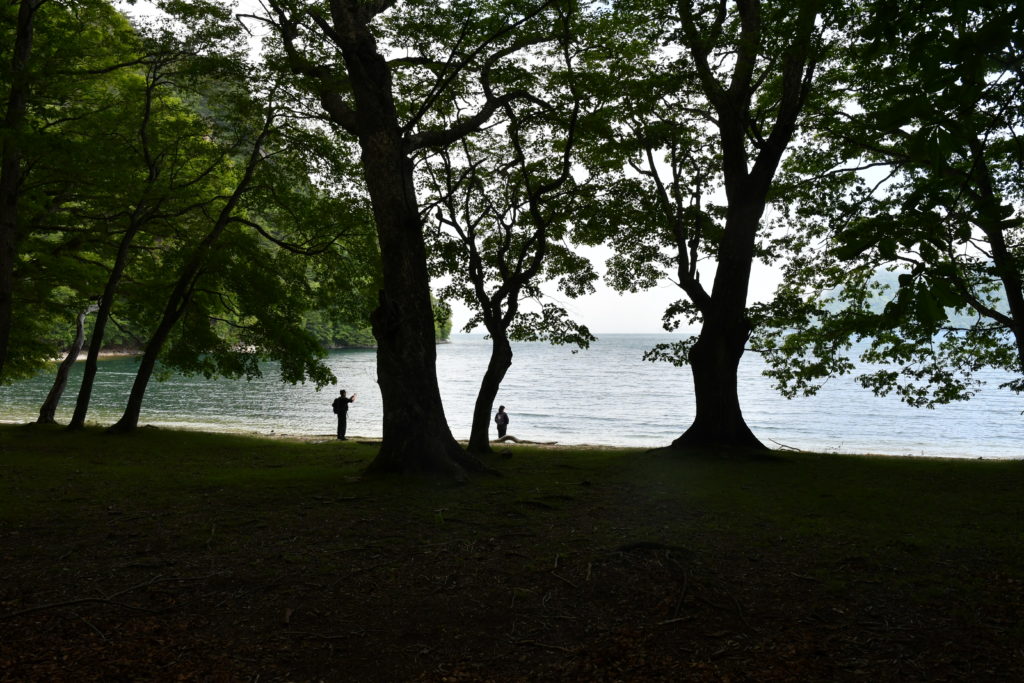
Nikko’s Development as an International Resort Spot
One person who became especially important in Inner Nikko’s development as an international resort spot was English diplomat Sir Ernest Satow, who was active in Japan from the end of the Edo Period through the Meiji Period.
Satow came to Japan for the first time in 1862, a few years before the Meiji Restoration, to serve as an interpreter for a residential legation. Later, as an interpreter for envoy Harry Parkes, he was active in the turbulent Japan of the years before and after the Meiji Restoration.
In 1870, shortly following the Meiji Restoration, the envoy Parkes became the first foreigner to visit Nikko. Satow would make his first visit to the area two years later.
Satow became keenly interested in Nikko. Three years later, he would publish the English-language A Guide Book To Nikko, providing the impetus for Nikko to become more widely known around the world.
In 1896, Satow built his own mountain villa on the southern shore of Lake Chuzenji. He would go on to visit many times, enjoying collecting plants and climbing mountains. This villa would later become an auxiliary office of the British Embassy, which was used until 2008.
Many foreigners residing in Japan after Satow were inspired by the way he built his mountain home and so decided to construct their own villas on the banks of Lake Chuzenji. So during the 1910s and 1920s, the area around Lake Chuzenji developed as a resort spot for foreigners, with so many foreign VIPs gathering there that it became known as “The Summer Ministry of Foreign Affairs.”
In 1924, Hans Hunter, the son of an English trader and a Japanese woman, established a social club called the Tokyo Angling and Country Club. The very first president of the club was the then-Prime Minister. Leaders in the political and business worlds, diplomats from various countries, and royals became members. The shores of Lake Chuzenji developed even more as a place for international mingling.
At that time, on Lake Chuzenji, yacht races were held, people flew in by airplane, and English-style fly fishing for trout was performed, filling the area with a western European atmosphere that felt separate from Japan.
Inner Nikko, as this sort of international resort spot, met its demise due to the Second World War. But the former English and Italian Ambassadorial villas, which still retain vestiges of that time, are now open to the public, making it possible to imagine the prosperity of the past.
Nikko was designated a national park in 1934. This was following the 1931 establishment of the National Parks Law (now the Natural Parks Law). It was part of the first wave of such designations, occurring in the same year as the choice of Seto Inland Sea, Unzen, and Kirishima, the original three national parks, so its high-quality natural environment has been preserved since then.
Ranger Yuki Iwasa, of the Ministry of the Environment, gives his seal of approval: “The natural surroundings are particularly well-preserved on Senjugahama Beach, which stretches from Lake Chuzenji’s south shore, where the old English Embassy is located, to its west side, and the rangers recommend the nature walk course which goes around it.”
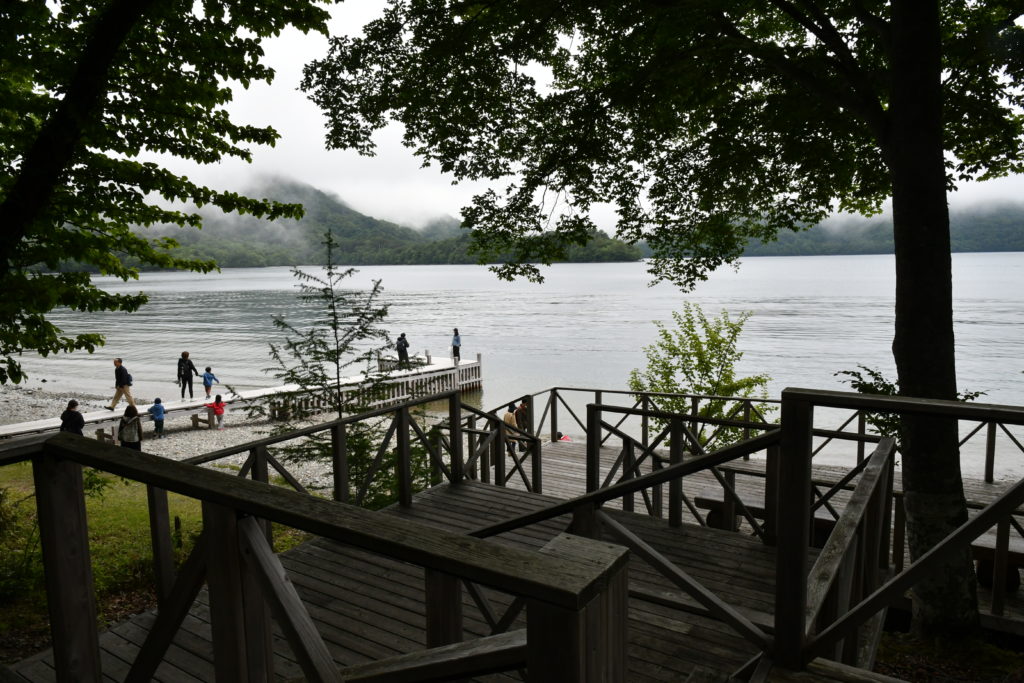
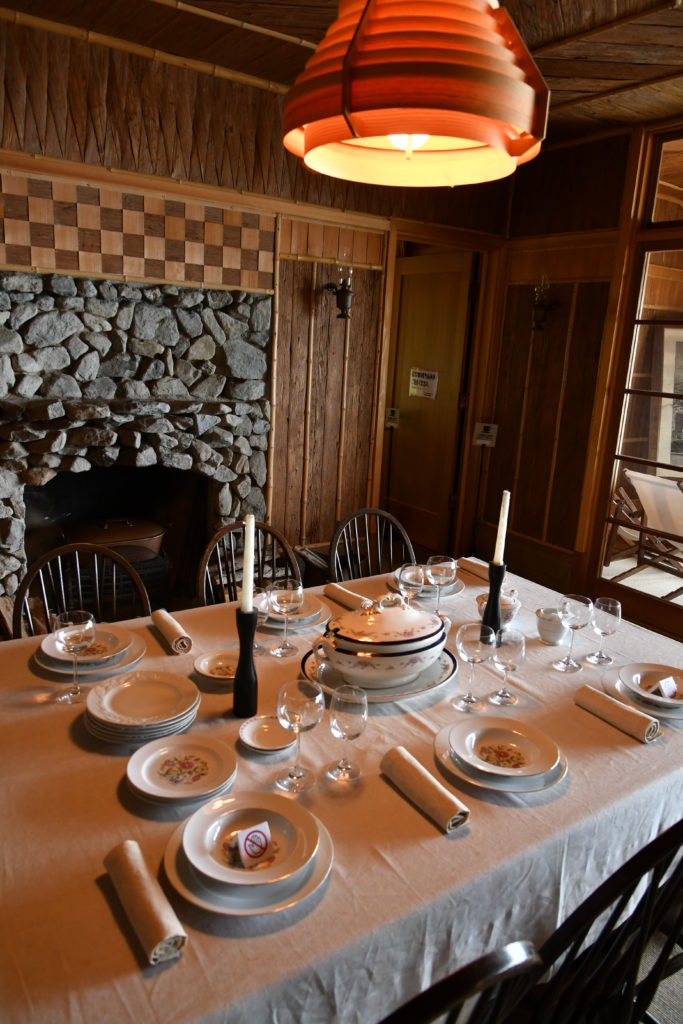
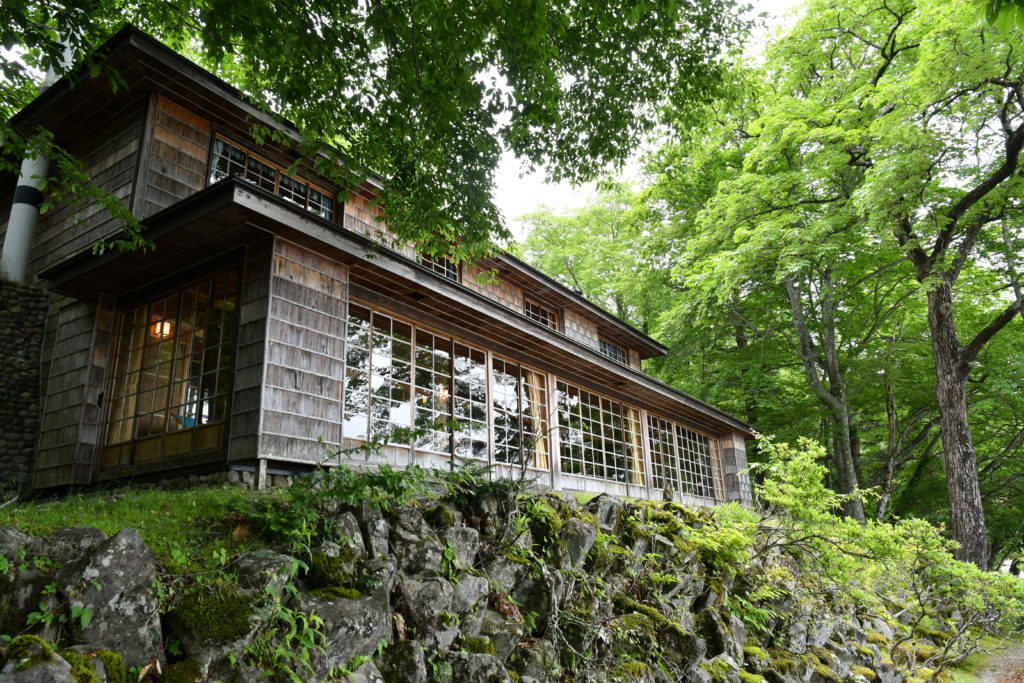
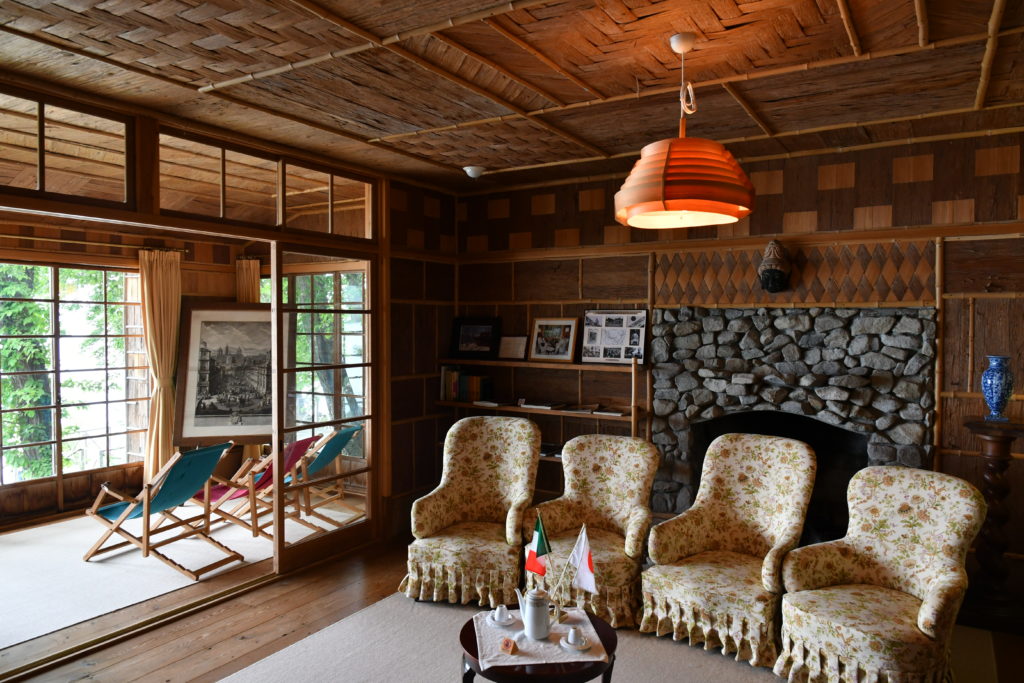
Nikko as A Holy Site Founded By Shodo and Revived By Tenkai
Nikko was initially a mountain settlement founded by a Nara Period monk named Shodo. In 766 CE, Shodo set up a thatched hut at the confluence of the Inari River and the Daiyagawa River, flowing down from the Nikko mountains. Starting the following year, he made two failed attempts to climb to the summit of Mt. Nantai. However, in 782, 15 years after his first try, he at last successfully reached the top.
In those days, Mt. Nantai was known as Mt. Futara. This name is said to originate from Mt. Fudaraku, from which the Bodhisattva Kannon is supposed to have descended. The region’s name, Nikko, derives from the Chinese reading of the characters used to write the name “Futara.”
Later on, during the middle ages, the region received the protection of the powerful Minamoto family, deepening its ties to the Kamakura Shogunate, and Nikko prospered as a major base of Shinto-Buddhist syncretic mountain worship. But when Hideyoshi Toyotomi laid siege to Odawara Castle, Nikko sided with the losing Hojo clan, and as a result, it forfeited territory and went into decline.
What saved it was the establishment of the Toshogu Shrine. When Ieyasu Tokugawa died, he left behind a will ordering “a small hall to be constructed at Mt Nikko and prayers to be held there, following the first anniversary of his death.” High Priest Tenkai, who served as the chief abbot of Mt. Nikko under Shoguns Ieyasu, Hidetada, and Iemitsu Tokugawa, is said to have demonstrated outstanding effort in the construction of Toshogu Shrine based on this will.
In Tenkai’s view, Ieyasu was Toshogu Daigongen, a deity of Shinto-Buddhist syncretic tradition. His proper form was the Buddha Yakushi Nyorai. And despite the will stipulating a “small hall,” Ieyasu’s successor, Hidetada, expanded this by building Tosho Shrine, and this was rebuilt by Hidetada’s successor, Iemitsu, into an even more magnificent shrine complex.
Iemitsu also left behind a will specifying that he wanted “to serve Toshogu Daigongen even after death,” and so he now rests in the Taiyuin Mausoleum beside Toshogu.
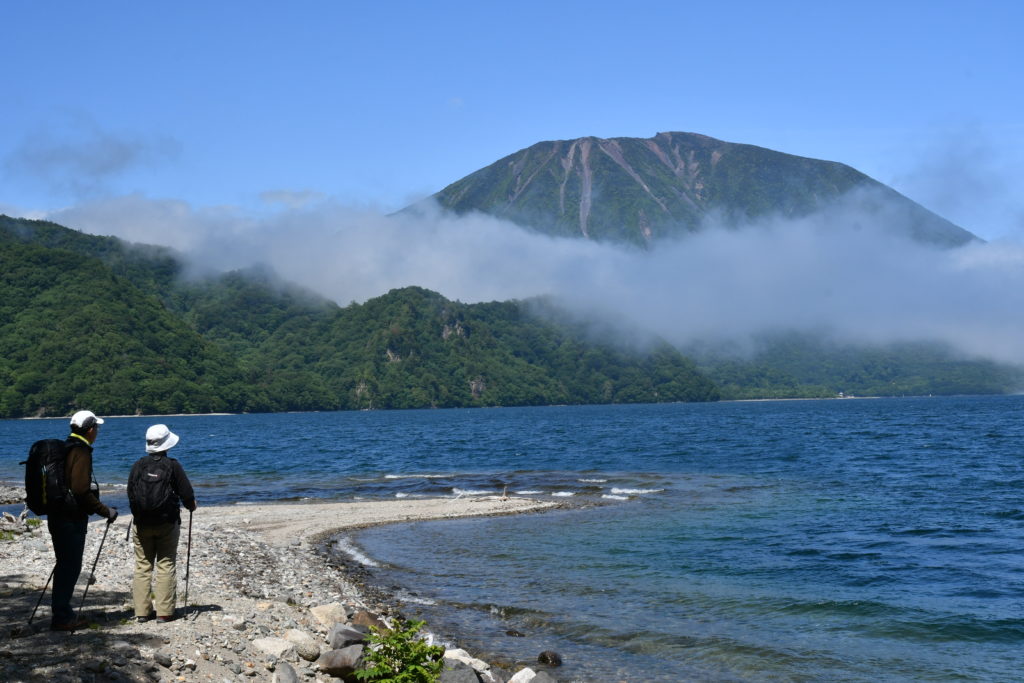
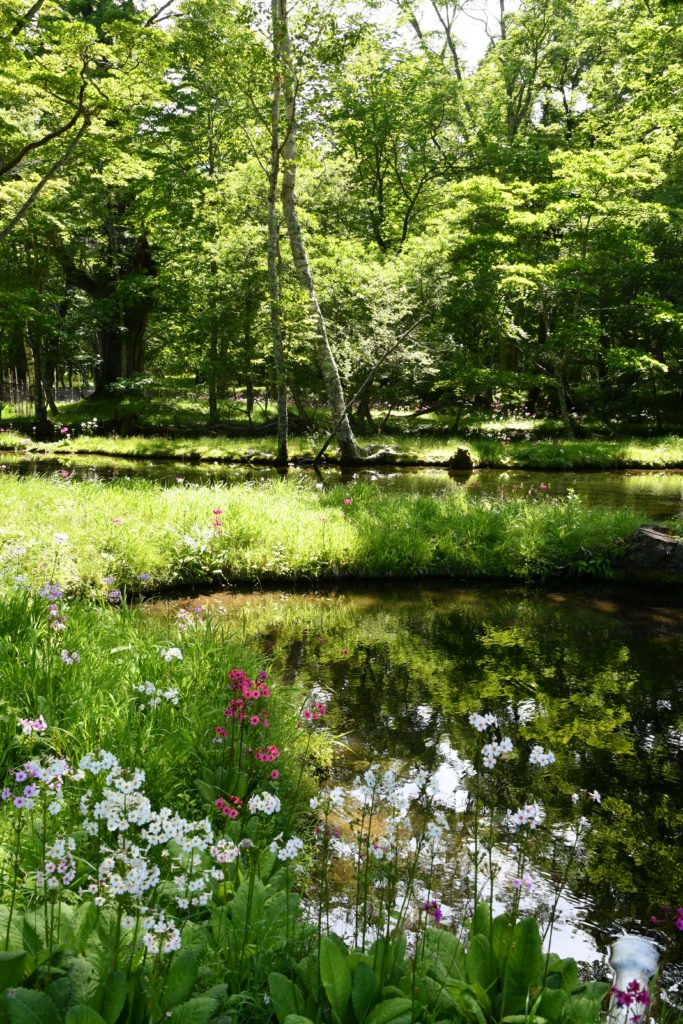
Becoming an International Spot through the Chaos of the Shinto/Buddhism Separation
Nikko, which in this way had risen to great prosperity once more during the Edo period (1603-1867 CE), went through another period of significant change with the upheaval of the fall of the Shogunate and the subsequent Meiji Restoration.
With the abolition of the Tokugawa Shogunate and the seizure of their domains, Mt. Nikko lost its economic base, and due to the new government’s policy of dividing Shinto and Buddhism, it was separated into two shrines and one temple: the Mt. Futara Shrine, Toshogu Shrine, and Rinnoji Temple.
During this disorder, it was foreigners who took notice of Nikko’s magnificence, which had been forgotten and abandoned as a relic of an earlier time.
English traveler Isabella Bird, who visited Nikko in 1878, praised the area’s splendor in her writings, describing its temples and shrines in great detail, starting with Toshogu.
Nikko has a distinct individuality. This consists not so much in its great beauty and variety, as in its solemn grandeur, its profound melancholy, its slow and sure decay, and the historical and religious atmosphere from which one can never altogether escape…I suppose [it] may fairly be ranked among the most beautiful scenes in the world. [Kodansha Academic Publishing, Unbeaten Tracks In Japan (Volume I), 2008]
The place where Bird stayed during her visit to Nikko was the Kanaya Cottage Inn, the predecessor of what is now the Kanaya Hotel. About the Kanaya Cottage Inn, Bird said, “It is a Japanese idyll; there is nothing within or without which does not please the eye…its silence, musical with the dash of waters and the twitter of birds, is truly refreshing.” [Ibid], and, greatly enchanted with it, she stayed a total of 12 nights. Bird’s book Unbeaten Tracks In Japan, published in 1880, received a massive response in Europe and America. It, along with Ernest Satow’s book, played a major role in Nikko’s later development as an international tourist destination.
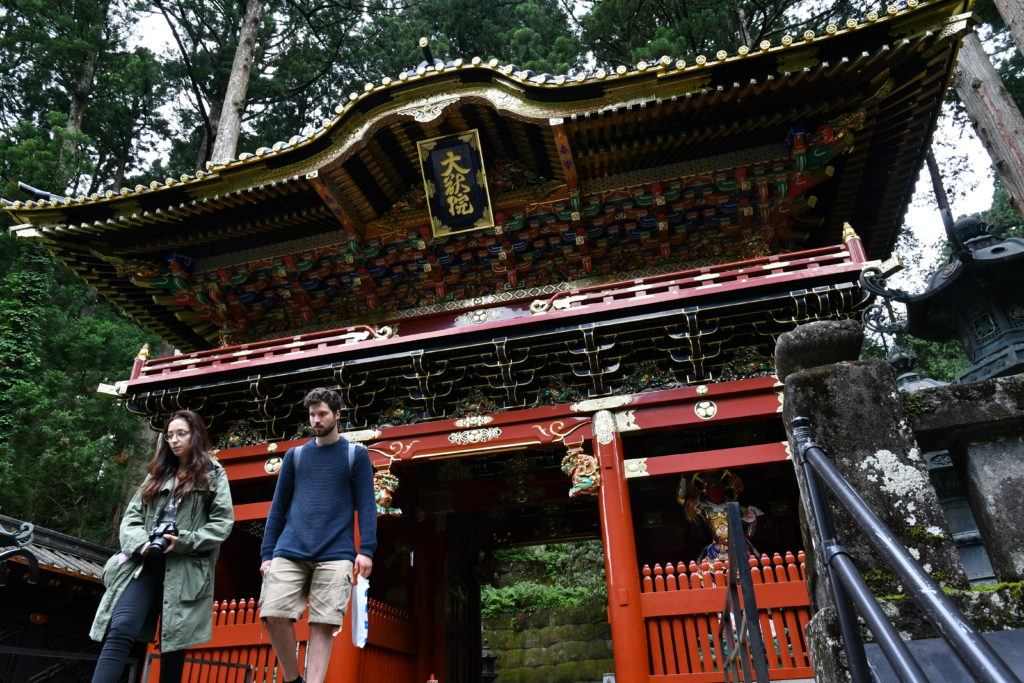
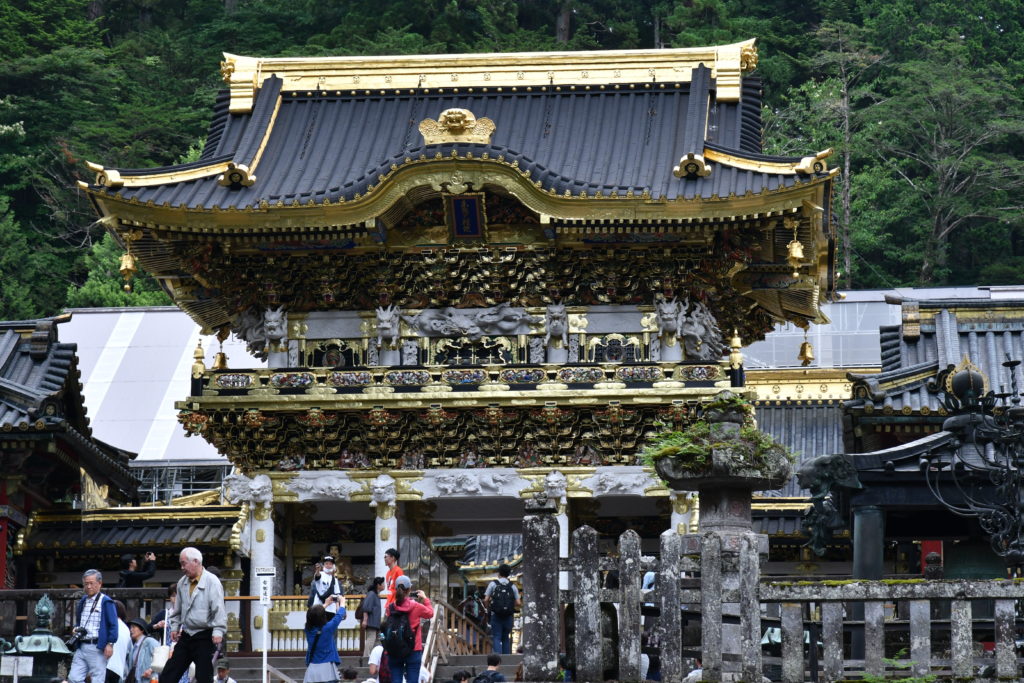
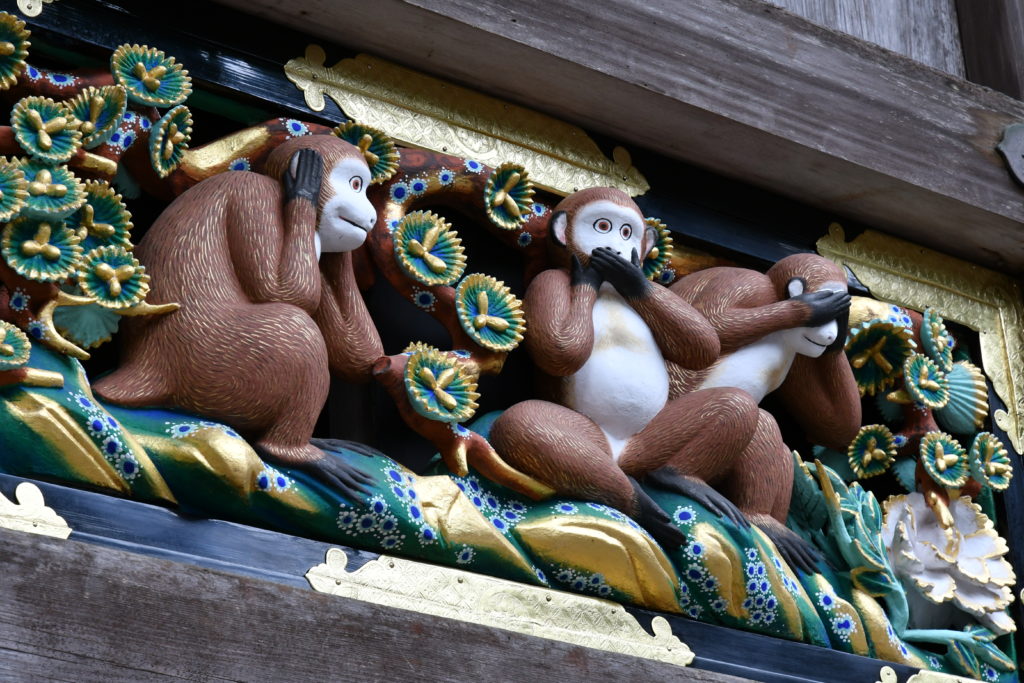
Inscription as a World Heritage Site and the Project to Fully Enjoy National Parks
In 1999, “The Shrines and Temples of Nikko,” consisting of Toshogu Shrine, Rinnoji Temple, Mt. Futara Shrine, and the grounds of those institutions, was inscribed as Japan’s tenth World Heritage Site.
In 2016, Nikko National Park was chosen as one of the eight parks that would be the vanguard subjects of the Ministry of the Environment’s Project To Fully Enjoy National Parks. Since it has received this designation, intensive efforts at improving visitor support are currently being implemented to make it an attractive region in which world travelers wish to spend long periods, with 2020 as the target year. Today, Nikko is overflowing with foreign tourists. It has undergone numerous upheavals in more than 1,250 years since its first temple opened. Looking back over this long history, in which it has declined, but like a phoenix, risen again, adapting to new eras, will surely provide an opportunity to reconsider how our country should aim to build tourist regions going forward.
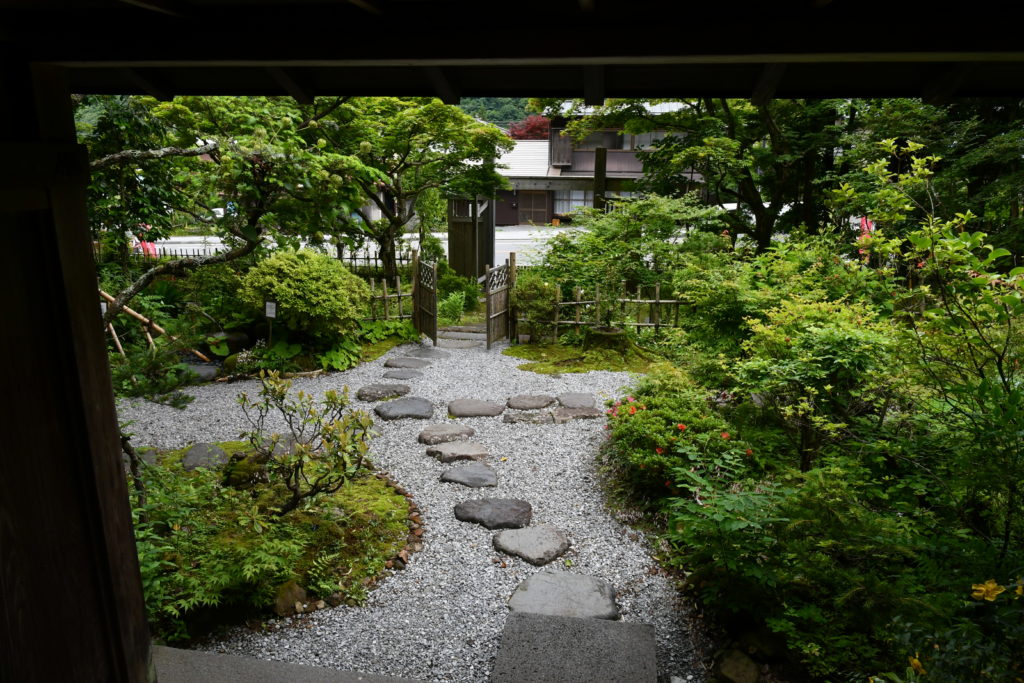
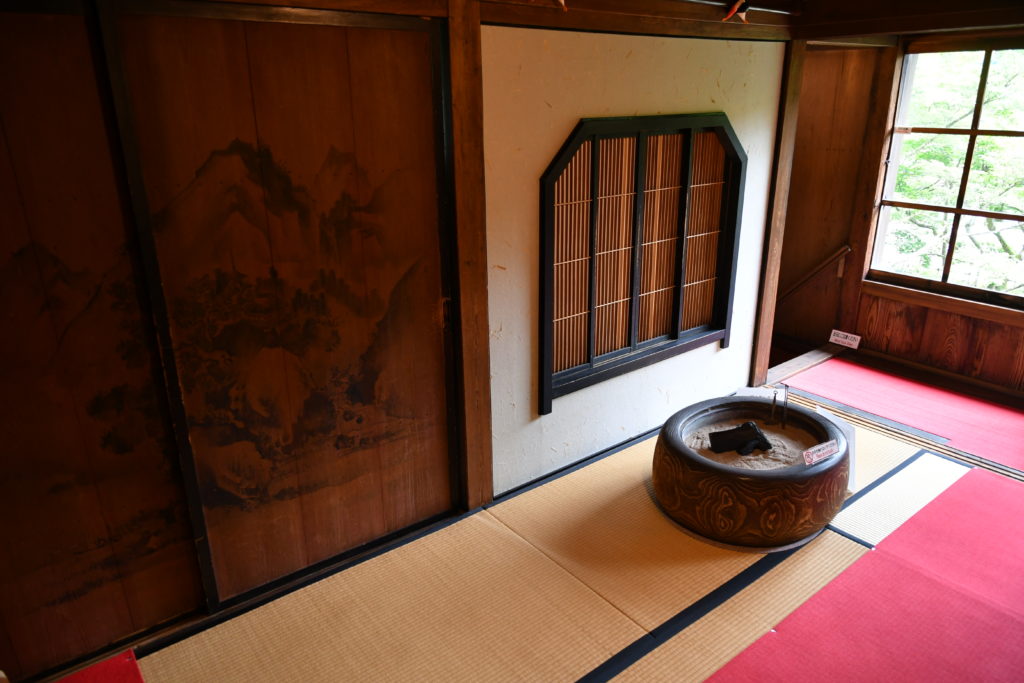
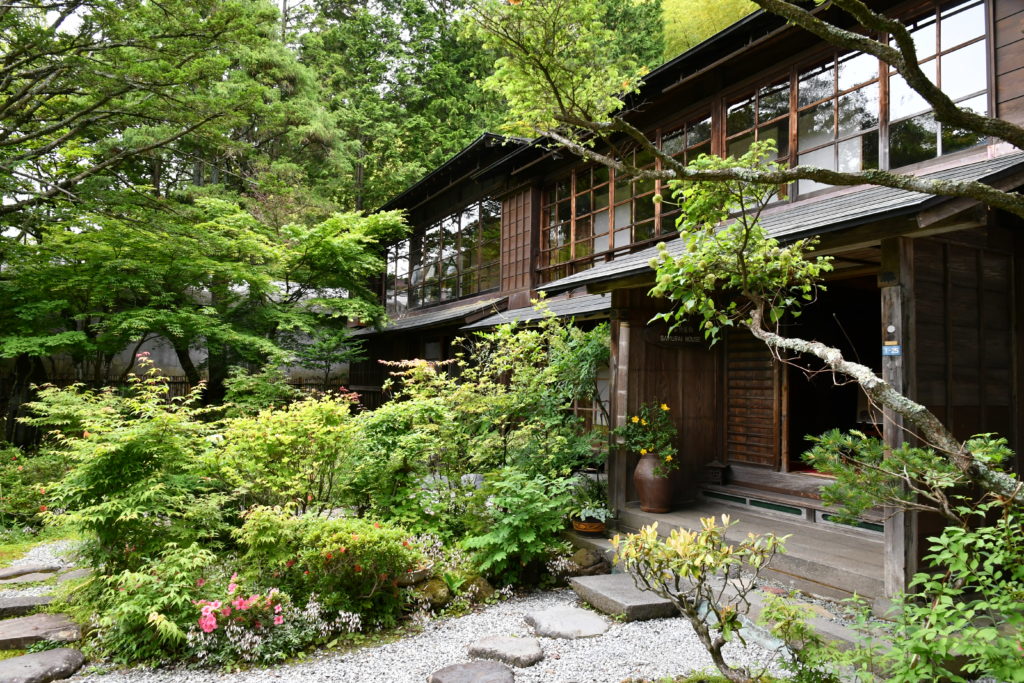
Translated from the original article: Naoya Furuta (2019) Nikko: The Original International Resort Based On Nature and Faith, Chiikijin vol.37, pp. 56-61

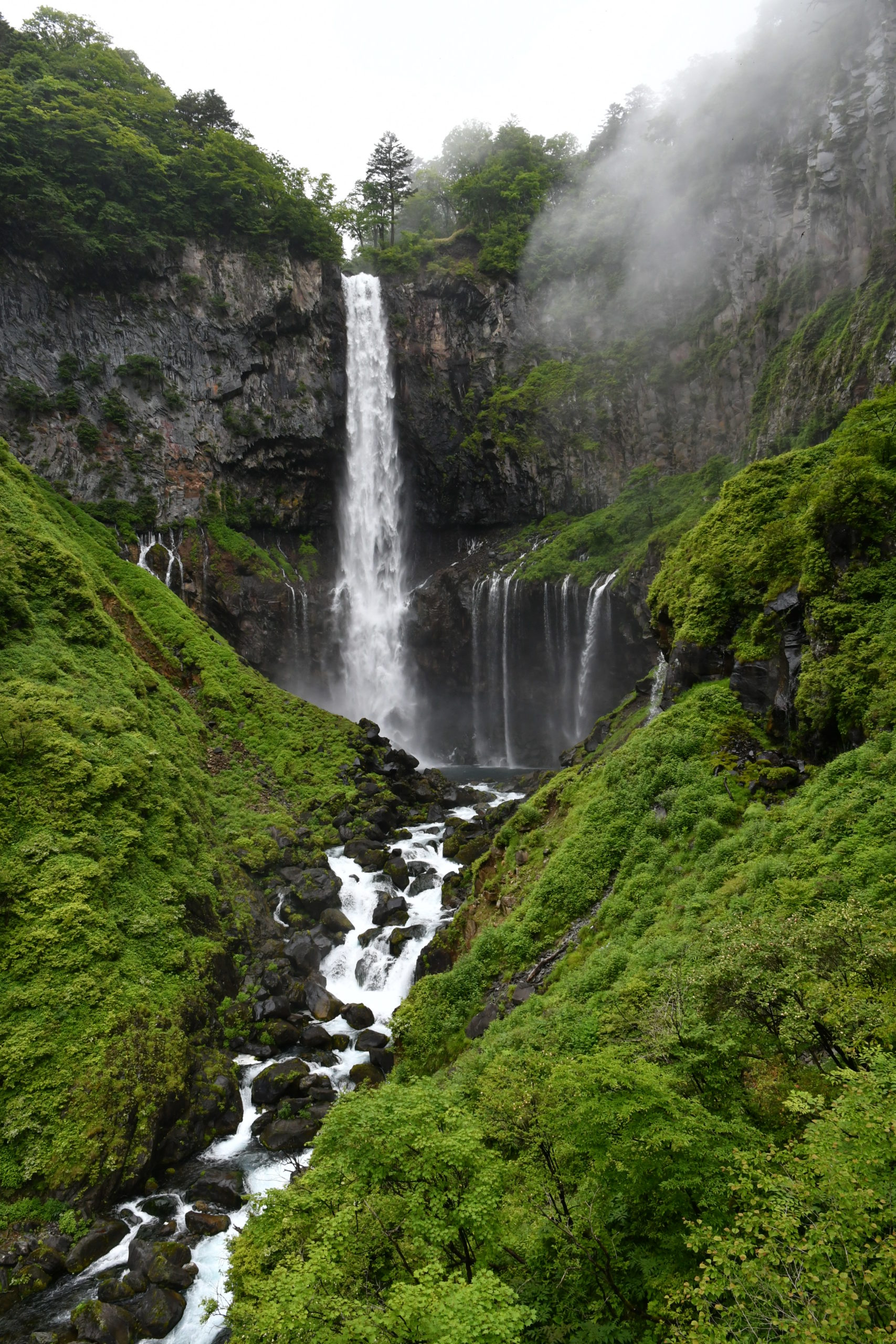


コメント